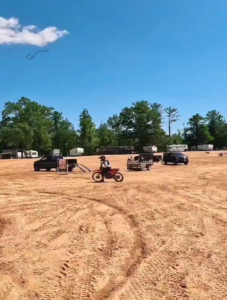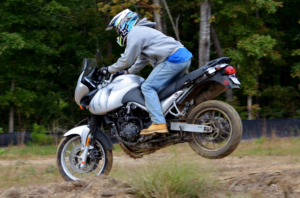Dual sport adventure training with Ike De Jager at Outback ATV Park, North Carolina.
Play Video

Help our local MX community acquire a new family-friendly and safe place to ride our dirt bikes. Outback Motorsports in Laurinburg, NC has allocated 10 acres of land where we can build this Motocross track guaranteed without any interference from

Student Alena demonstrates what to do when you fall down…

Dual sport adventure training with Ike De Jager at Outback ATV Park, North Carolina. https://youtu.be/NRc1T4pi27Q

Email:
2020racingacademy@gmail.com
162 Country Estates Apex, NC 27523
+1 (919) 908-3423
© 2024 2020 Racing Academy | Privacy Policy